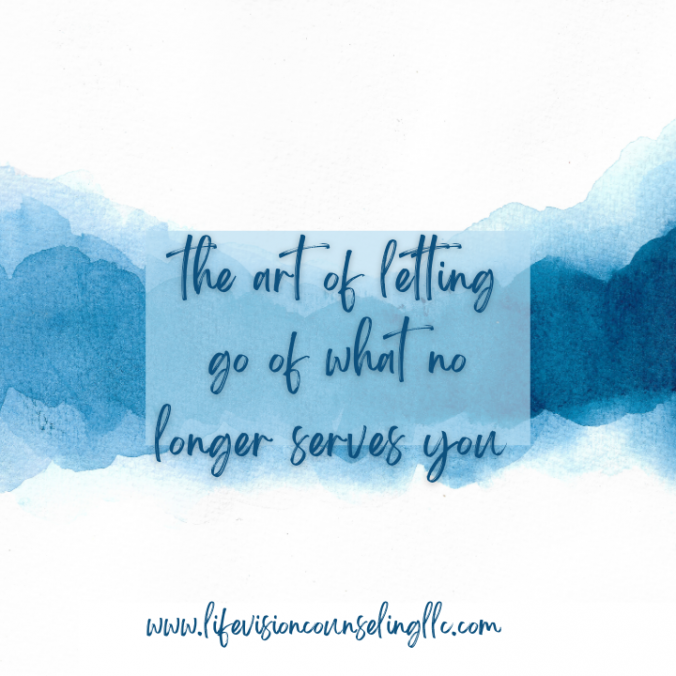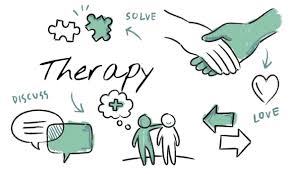Understanding Process Addiction: The Science Behind Behavioral Dependency
When we think of addiction, we usually think about substances like alcohol or drugs. But, addiction isn’t only about what we consume—it can also be about what we do. Process addiction is sometimes called behavioral addiction. It refers to compulsive engagement in rewarding activities that effect the brain similar to substance addiction.
What Is Process Addiction?
Process addiction involves becoming dependent on a behavior instead of a substance. Examples include:
– Gambling
– Shopping
– Sex or pornography
– Binge eating or restrictive eating patterns
– Exercise
-Working
– Gaming
– Social media or internet use
These activities reward the brain. Dopamine, a neurotransmitter associated with pleasure and reinforcement, is involved. Over time, the pursuit of this “reward” can become compulsive, even when there are negative consequences.
The Role of Dopamine in Process Addiction
Dopamine plays a big role in process addiction. Here’s how:
1. Reward Circuit Activation: Doing the behavior triggers the brain’s reward circuit. Essentially, your brain releases dopamine and causes you to feel good.
2. Reinforcement Loop: The brain starts associating the behavior with reward, so you repeat the behavior. Some process addictions like gambling or online pornography require you to hit a button or click to scroll online. In these activities, there is intermittent reward, which is highly addictive. It’s the concept that you don’t know which time you might win, so each time you click is exciting and more dopamine is released.
3. Tolerance Development: Over time, your brain adapts, requiring more frequent or intense engagement to achieve the same dopamine “high.”
4. Compulsion and Dependence: The behavior shifts from being an enjoyable thing to do from time to time to feeling necessary. Your brain tells you to keep doing this behavior because other activities or responsibilities just don’t seem to release enough dopamine anymore.
Signs of Process Addiction
Recognizing process addiction requires understanding how normal behaviors escalate into problematic patterns. Common signs include:
– Preoccupation: Constantly thinking about the activity or planning the next opportunity to engage in it.
– Loss of Control: Trouble limiting or stoping the behavior, even when it interferes with your daily life.
– Tolerance: Needing more of the behavior to feel the same level of satisfaction or relief.
– Withdrawal: Experiencing irritability, anxiety, or discomfort when unable to engage in the behavior.
– Negative Consequences: Continuing the behavior despite harm to relationships, finances, or personal health.
Why Do Process Addictions Develop?
The development of process addiction is complex. Biological and psychological factors contribute:
– Stress and Emotional Regulation: Many people start these behaviors as a way to cope with stress, trauma, or negative emotions.
– Neurological Vulnerabilities: Some people may have a heightened sensitivity to dopamine or difficulty regulating impulsive behaviors.
– Environmental Triggers: Easy access to activities like social media, gambling apps, or online shopping can increase the possibility of addiction.
– Co-occurring Conditions: Anxiety, depression, or other mental health challenges often coexist with process addiction, creating a cycle of self-soothing through compulsive behaviors.
The Impact of Process Addiction
Even though some of the behaviors themselves may seem harmless or even productive, they can spiral into significant problems, such as:
– Relationship Strain: Neglecting people you care about or creating conflict due to excessive engagement in the behavior.
– Financial Problems: Overspending or debt that comes along with the activity (gambling, shopping, etc).
– Physical Health Issues: Exhaustion, injuries, or neglect of self-care due to overexercise or excessive screen time.
– Emotional Distress: Feelings of shame, guilt, or helplessness when the behavior becomes harder to control.
Treatment and Recovery
The good news is that process addictions are treatable, and recovery is possible. Here’s how treatment typically works:
1. Identifying Triggers: Therapy helps uncover the emotional or environmental triggers driving the behavior.
2. Cognitive-Behavioral Therapy (CBT): CBT is a proven method for identifying and reshaping thought patterns that fuel addictive behaviors.
3. Regulating Dopamine Responses: Healthy activities like mindfulness, exercise, and meaningful social connections can restore balance to the brain’s reward system. In some process addictions, abstinence from the activity is possible and helpful and in other process addictions, it is not possible to eliminate the activity.
4. Support Networks: Group therapy or support groups, such as Gamblers Anonymous, provide encouragement and accountability.
5. Holistic Approaches: Combining therapy with physical wellness practices, stress management, and mindfulness can improve overall well-being.
A Scientific Perspective on Hope
Process addiction can feel overwhelming, but understanding the science behind it can empower you to take action. The brain’s neuroplasticity—the ability to rewire itself—means that change is always possible. It’s possible to restore balance, reduce reliance on compulsive behaviors, and find healthier ways to meet your needs.
—
Seeking Help for Process Addiction?
If you are struggling with process addiction, therapy can provide support and strategies needed recovery. Together, we can explore root causes, shift the dopamine-driven cycle, and help you be in charge again. Reach out today to start your journey toward balance and freedom!








